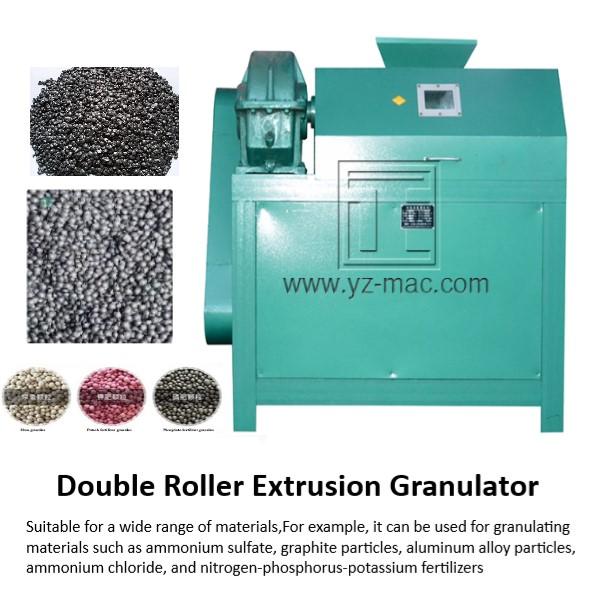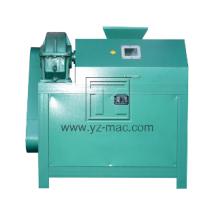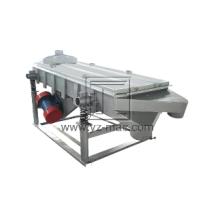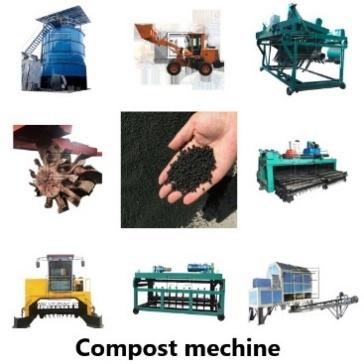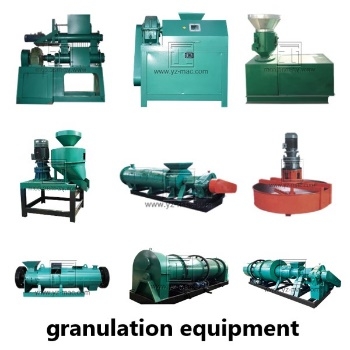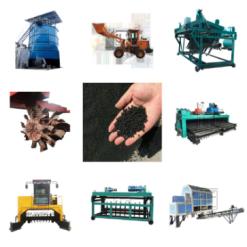Graphite granulation manufacturing technology
Graphite granulation manufacturing technology refers to the processes and techniques used to produce graphite granules or pellets. The technology involves transforming graphite materials into granular form suitable for various applications. Here are some key aspects of graphite granulation manufacturing technology:
1. Raw Material Preparation: The first step is to select high-quality graphite materials. These can include natural graphite or synthetic graphite powders with specific particle sizes and properties. The raw materials may undergo crushing, grinding, and sieving to achieve the desired particle size distribution.
2. Mixing and Blending: The graphite powders are typically mixed with binders and other additives to enhance the granulation process and improve the properties of the final granules. This step ensures a homogeneous distribution of the additives within the graphite matrix.
3. Granulation Process: Various techniques can be employed for graphite granulation, including:
? Extrusion: The graphite mixture is extruded through a die to form continuous strands or shapes. These are then cut into desired lengths to obtain the granules.
? Roller Compaction: The graphite mixture is compacted between two counter-rotating rollers, exerting pressure to form thin sheets or flakes. The sheets are then processed into granules through size reduction methods like milling or cutting.
? Spheroidization: The graphite mixture is processed in a spheroidizer, which uses mechanical forces to shape the material into spherical granules. This process improves flowability and packing density.
4. Drying and Curing: After granulation, the formed graphite granules may undergo a drying process to remove excess moisture and solvents. Curing or heat treatment may also be applied to enhance the mechanical properties and stability of the granules.
5. Screening and Classification: The final step involves sieving or screening the graphite granules to separate them into different size fractions based on the intended application requirements. This ensures uniformity and consistency in particle size distribution.
Graphite granulation manufacturing technology can vary depending on the specific requirements of the application and the desired properties of the graphite granules. The process parameters, such as mixing ratios, compaction pressure, and drying conditions, need to be carefully controlled to achieve the desired granule characteristics. https://www.yz-mac.com/roll-extrusion-compound-fertilizer-granulator-product/


